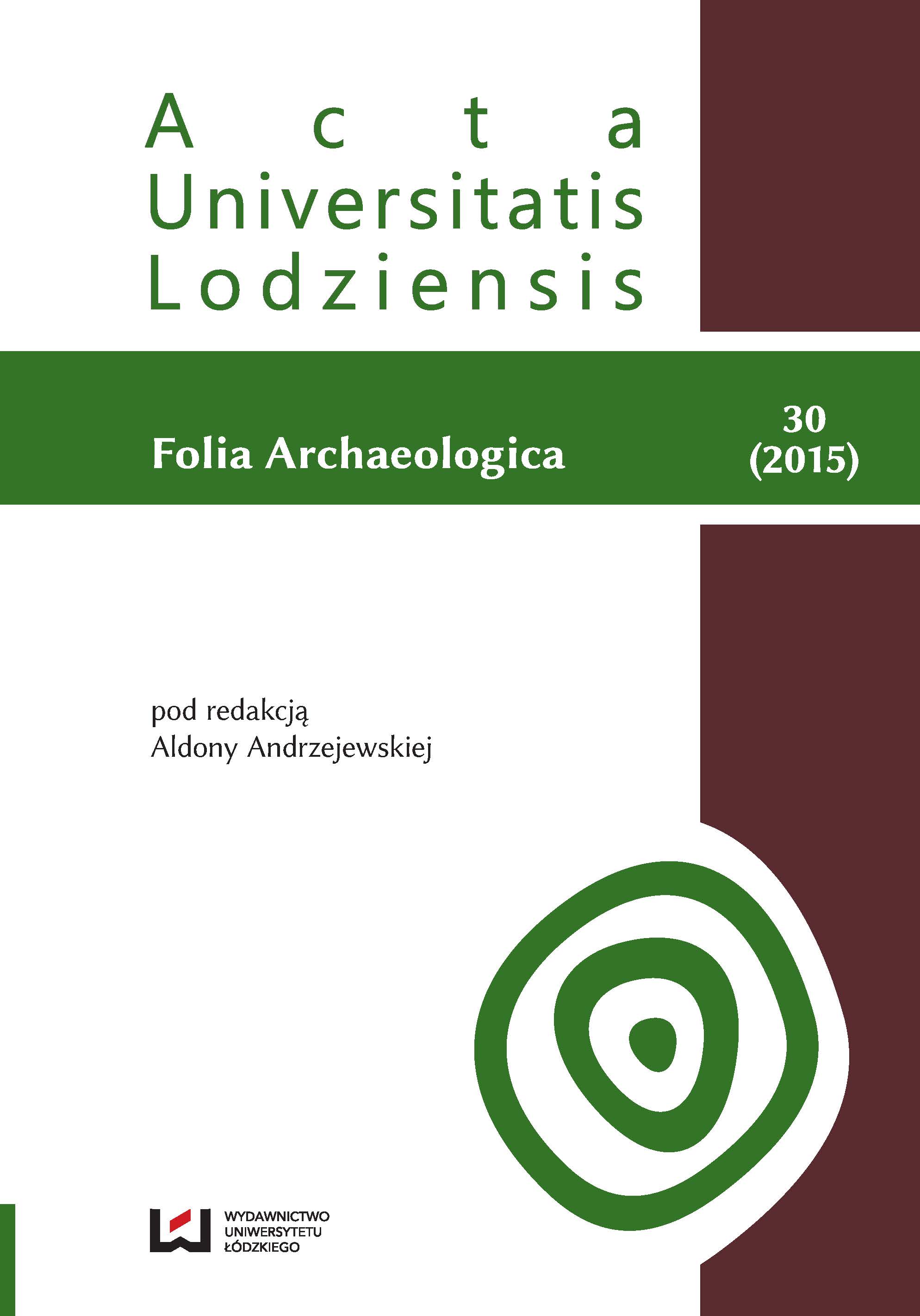Zarys religii Ammonu
The Religion of Ammon
Author(s): Dominik ElkowiczSubject(s): Archaeology, Cultural history, Ancient World
Published by: Wydawnictwo Uniwersytetu Łódzkiego
Keywords: Ammon; Jordan; Milkom; Ruğm el-Kursi; Langraum temple; moon god temple
Summary/Abstract: The Ammonites, a people living east of the Jordan River, were neighbors of the ancient Israelites. The Old Testament (1 Kings, 11,5; 2 Kings, 23,13) and probably an inscription from the citadel of Amman mention Milkom as the supreme God of the Ammonites. Most Ammonite names did not contain the name of their national god, but used a more generic divine name, ’El. We don’t know if the name: ’El refers to the Canaanite god or to a local manifestation of this deity. Ammonites also worshiped other deities (i.e. ‘Astarte, ‘Anat, Ba‘al, Hadad/’Adad, Qos, Šamas, YHWH and Yerah). A number of limestone statues and clay figurines of bearded individuals wearing an atef-crown could be Ammonite monarchs or deity (Milkom or ’El). An Ammonite sanctuary has been excavated in Ruğm el-Kursi, situated north-west of Amman. Excavations at this site unearthed a rectangular building measuring 18,70 x 12,60 m. The orientation of the temple is east-west, with the entrance facing east. The Temple of Ruğm el-Kursi is an important example of religious architecture in the Levant. It’s not just about the first Iron Age monumental temple in Ammon and in Jordan, but it is also the first excavated monumental sanctuary of the moon god in the Levant. The two reliefs on the door jambs depicted the full moon within the crescent and confirm that the moon god was worshiped there. Because of the reliefs the sanctuary has been dated to Iron Age II. The temple of Ruğm el-Kursi was divided into two or in three rooms and belongs to the „Langraum” temple type, which is known in the region since the middle of the 3rd mill. BC.
Journal: Acta Universitatis Lodziensis. Folia Archaeologica
- Issue Year: 2015
- Issue No: 30
- Page Range: 37-44
- Page Count: 8
- Language: Polish

